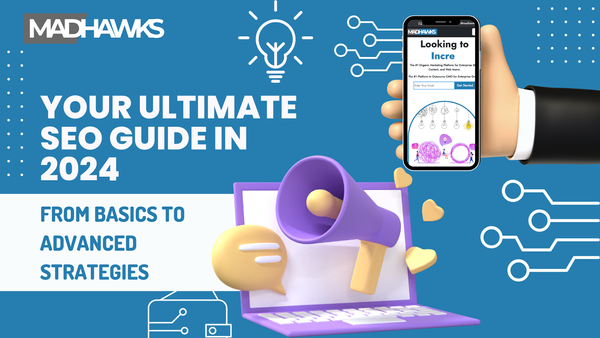New AI Products Keep Coming Out – How to Keep Up?

Lately, every tech giant and startup is dropping new AI tools and models left and right. Social media is buzzing about them, and big shots are throwing shade at each other, making headlines. With so much to watch and learn, it’s easy to feel overwhelmed. So, what do you do?
First, ignore the drama and big shots' opinions.
Honestly, you don’t need to pay attention to what Robin Li, Wang Xiaochuan, or Jun Wu are saying. At the start, it’s good to get some perspectives from these big names, but don’t get caught up in their endless chatter. They’re going to say what they say, but don’t mistake their gossip for knowledge.
For real, I see friends sharing articles about these guys arguing online, and I don’t click on any of them. It’s pointless and adds no value.
As a content creator myself, I’m not interested in riding that wave.
Second, skip most new product reviews.
With new products popping up all the time, I only care about one thing: the bottom line. If it’s behind ChatGPT, cool, that’s all I need to know. Moving on.
So far, I haven’t tested any of the domestic AI models, nor have I shared any experiences using them. Again, it’s just not worth it.
Third, be discerning but don’t get lost in nitpicking.
AI products still have lots of flaws and issues. Our job is to use their strengths to boost our productivity and ease our workload. Yes, you’ll encounter errors, and you need enough judgment to verify and correct them, sometimes with a search engine.
But don’t get obsessed with finding faults and using them as an excuse for being irreplaceable. It’s pointless. Use AI for its benefits, avoid the pitfalls, and don’t think you’re better just because you can spot its flaws.
Fourth, stick to the best products.
Our goal is to use AI to enhance personal productivity. That’s the main objective. Sure, you can also use it as a personal assistant or tutor. Given that, choose the most mature and best products in the market.
For everyday needs, ChatGPT combined with the new Bing is enough. For design and drawing, remember MidJourney is the best. For specific industry applications, if you need to build models, play around with Stable Diffusion and Civitai. Master these, and you’ll see a productivity boost.
For programming, ChatGPT is great. Combine it with Copilot, and you’ve got a perfect duo.
If you’re a high-level AI enthusiast needing to build specific domain models, dive into Hugging Face. But that’s a bit distant for most people.
Fifth, selectively dive into niche fields relevant to you.
For instance, if there’s a new article about RoseTTAFold's team using machine learning to design proteins, and you’re a biotech expert, that’s worth digging into. Read the paper, try to replicate their approach. But for the average person, just skim it – it won’t add much value to your knowledge.
Sixth, wait for excellent products to emerge. Don’t rush.
You might worry about missing out on good tools if you ignore new products and reviews. But I say, if a product launch is just a hot topic, you can ignore it for now. If it’s truly revolutionary, it’ll come up again and again. Friends will mention it, and people around you will recommend it. That’s when you should check it out.
In conclusion, I don’t recommend focusing too much on new products, models, or trends. What you need to work on is how to make the best use of the top AI products available to enhance productivity and personal capabilities. There’s already plenty to learn in that area.
A crucial principle is to use the existing excellent products more often, test them extensively, and think critically about their feedback. Aim to minimize their current issues and maximize their value to boost your work output.



